Over a decade ago, EHC began collaborating with Hesperian Health Guides on a health handbook for factory workers. At the time, the general consensus was that job safety and health pertained only to physical problems caused by machines or chemicals at work, like getting shocked by frayed electric cords or breathing fumes.
But EHC and Hesperian Health incorporated a comprehensive understanding of health that included workplace violence, discrimination and gender issues, basic healthcare access, pollution from factories and the link between healthy workplaces and healthy neighborhoods. EHC even gathered direct and specific feedback on the materials from workers. Pictured below is a border event organized by EHC to review early drafts of Workers’ Guide to Health and Safety.
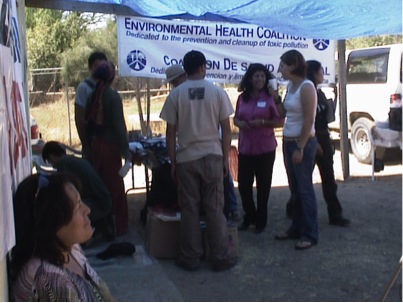
Workers’ Guide to Health and Safety was published on May 1st of this year, “a long process but with a great result,” as Martha Ojeda, EHC partner and director of the Fe y Justicia Center said, and “a powerful tool for all workers worldwide.” Martha was one of Hesperian’s earliest partners, helping lead an extensive community validation and field-testing process with women workers on the border.
The field-test led to the creation of a section called “Beyond the factory walls.” The chapter on pollution discusses how work hazards may be experienced in the surrounding community, not just during work. This was most clearly visible with chemical hazards. But of course, workers shared much more about their lives and struggles. Their stories of organizing are told throughout the book.
Workers’ Guide offers workers and their supporters the practical tools they need to take action for their health at work. It expands the notion of “workplace health” to include the social and political determinants of health, from problems like low wages and harassment, to mental health and safe water. Workers go home to their families after work, so Workers’ Guide includes the problems of pollution, substandard housing and services, and other “social hazards” that affect so many workers.
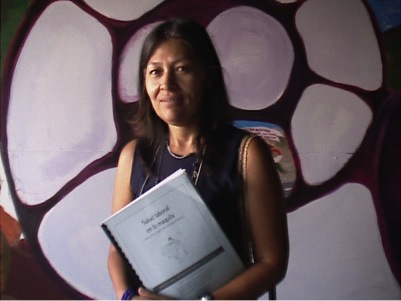
Pictured left is Magdalena Cerda, EHC’s Campaign Director – Border Environmental Justice, holding the Spanish draft of Workers’ Guide. Magdalena led field-testing with women maquiladora workers. EHC is proud to have helped build this book and we are excited to continue to collaborate with Hesperian to get this material in the languages of the people we serve and in the hands of those that will use it to improve their lives.
How to read and use this book:
- Download free chapters
- Buy a book
- Send a book to a workers center
- Help us raise funds to develop the Spanish edition of Workers’ Guide
- Esta dirección de correo electrónico está siendo protegida contra los robots de spam. Necesita tener JavaScript habilitado para poder verlo. with comments or suggestions.


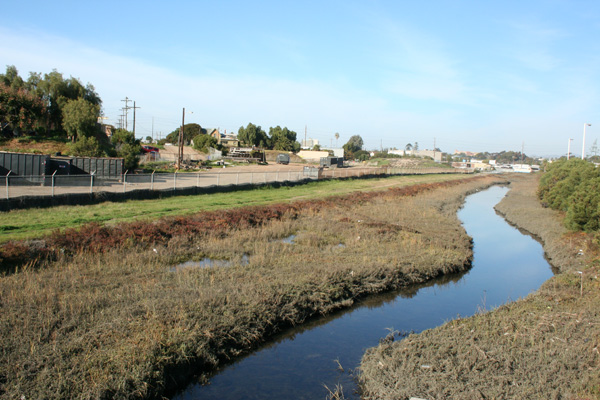
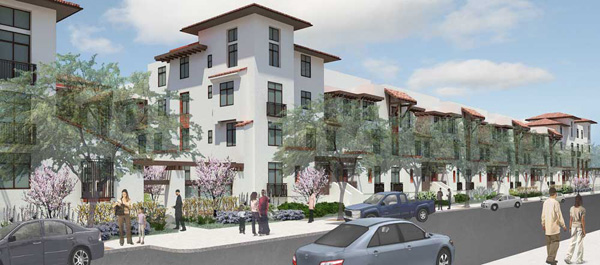


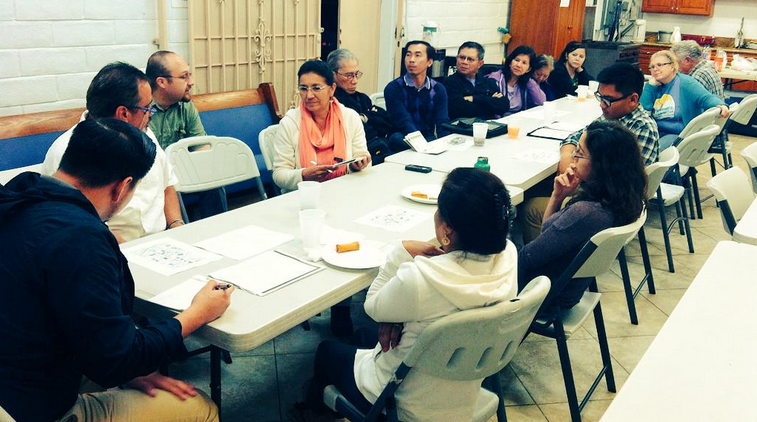
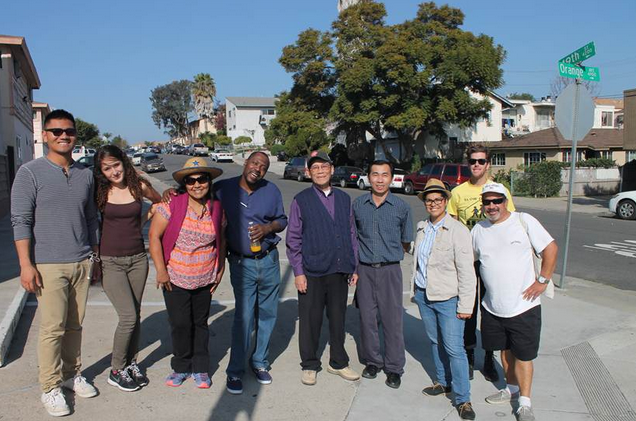
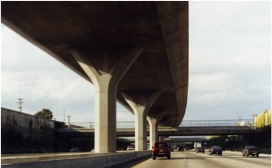 The San Diego Association of Governments (SANDAG) has
The San Diego Association of Governments (SANDAG) has